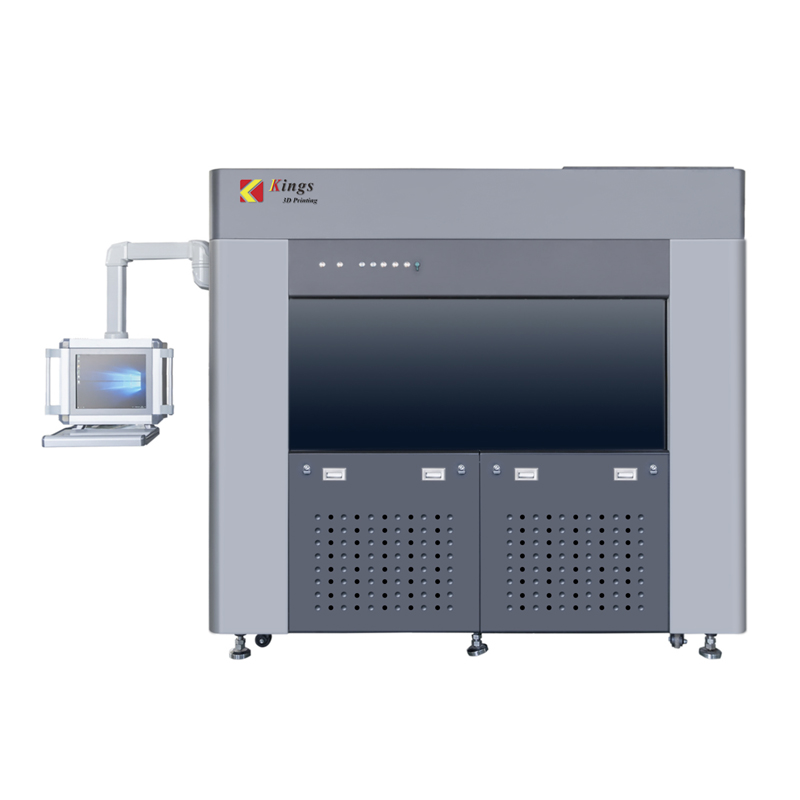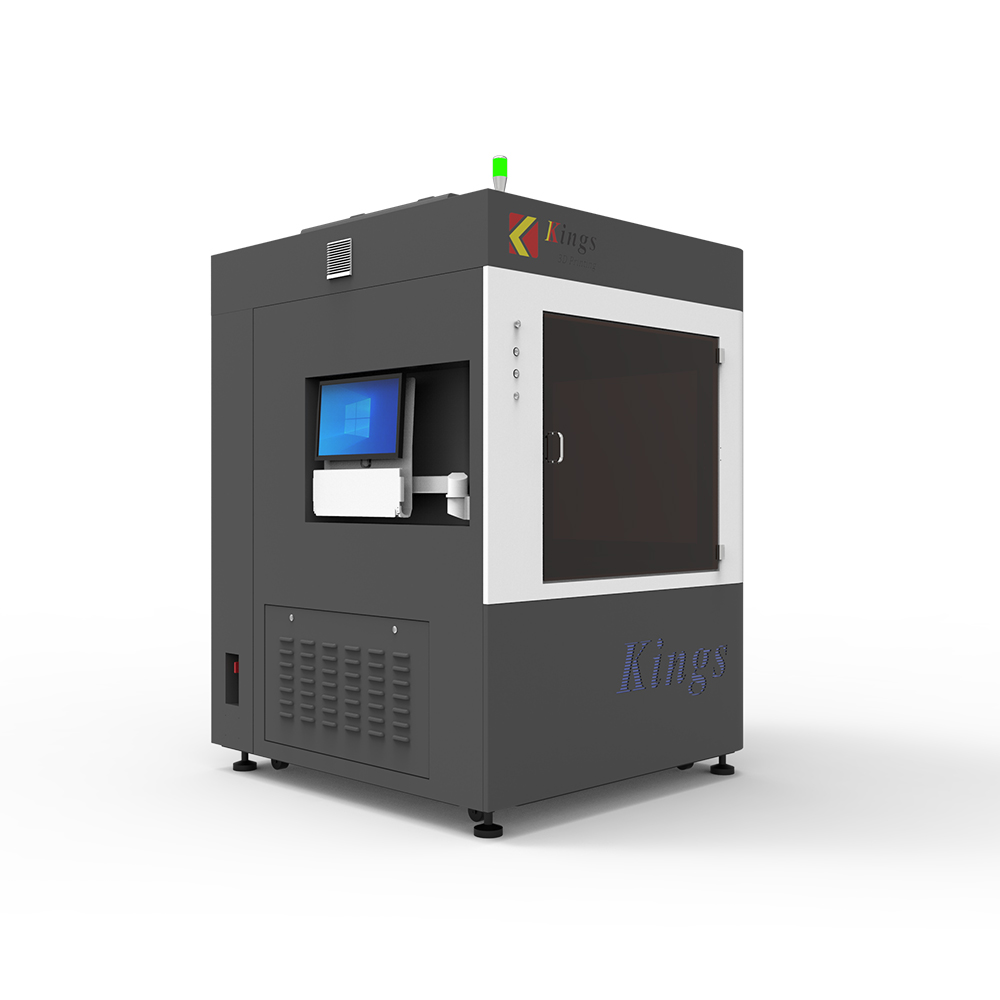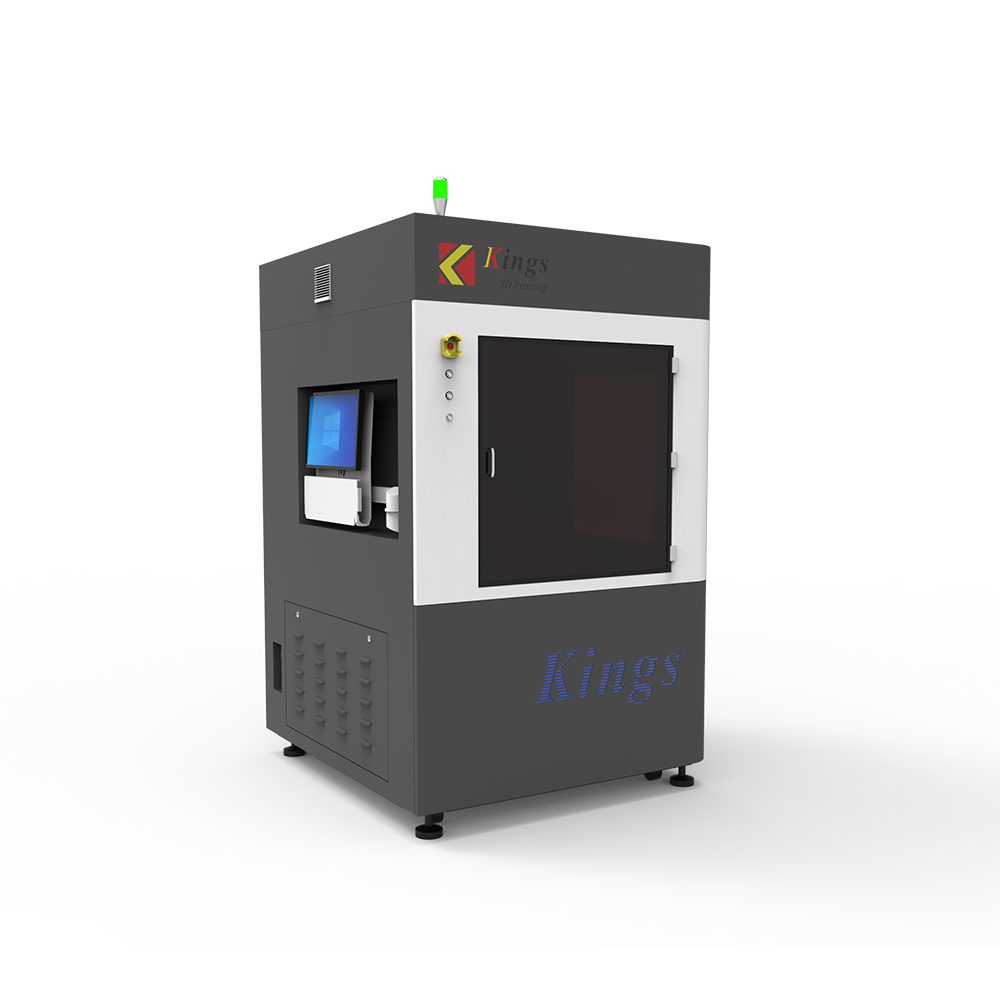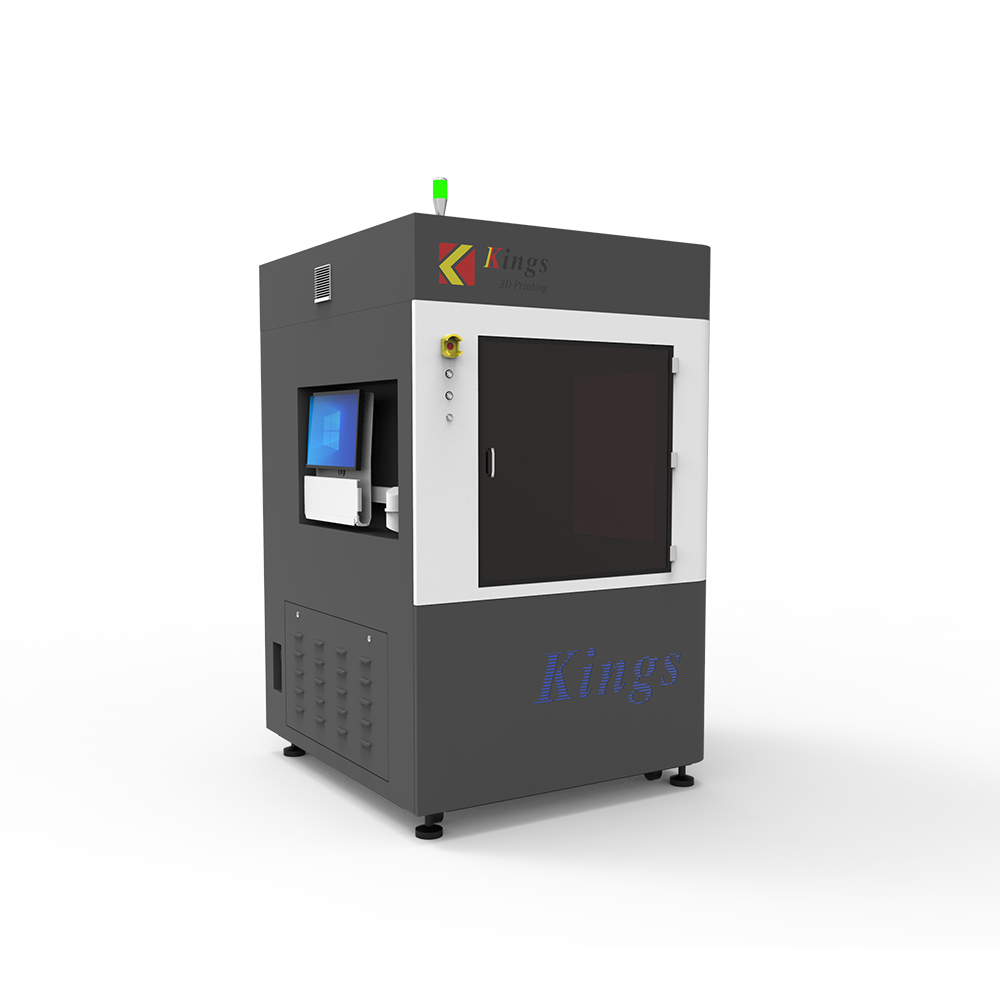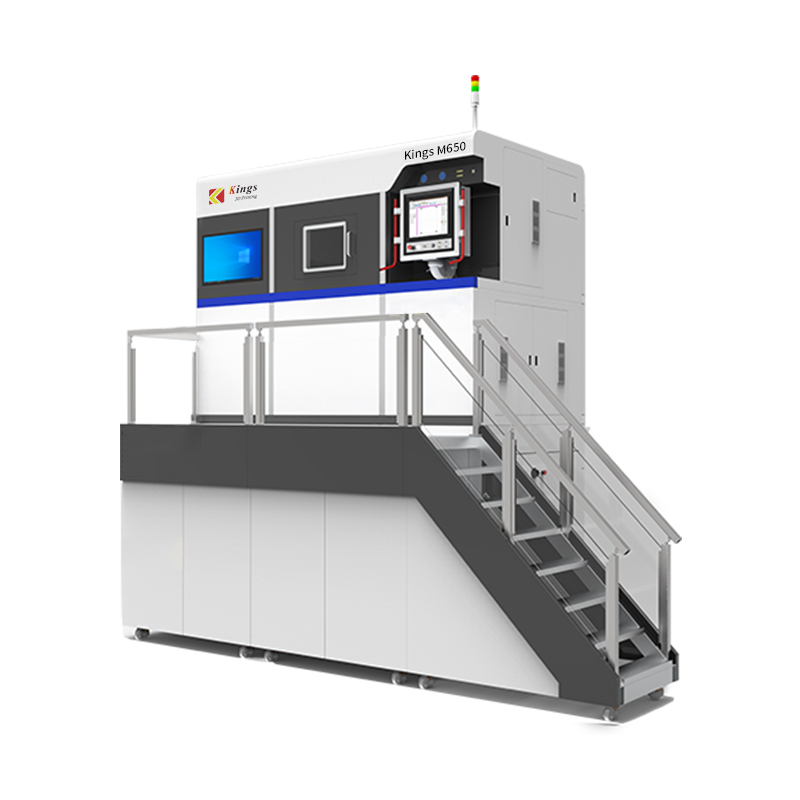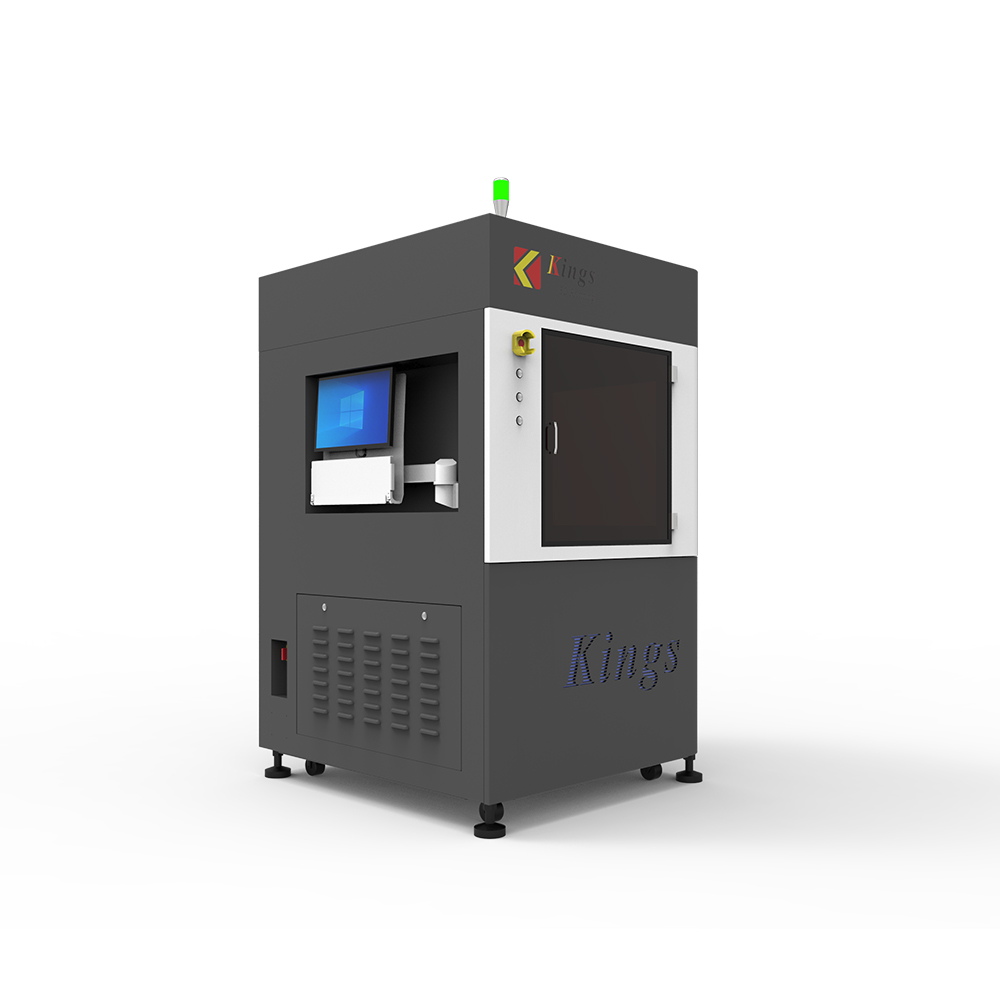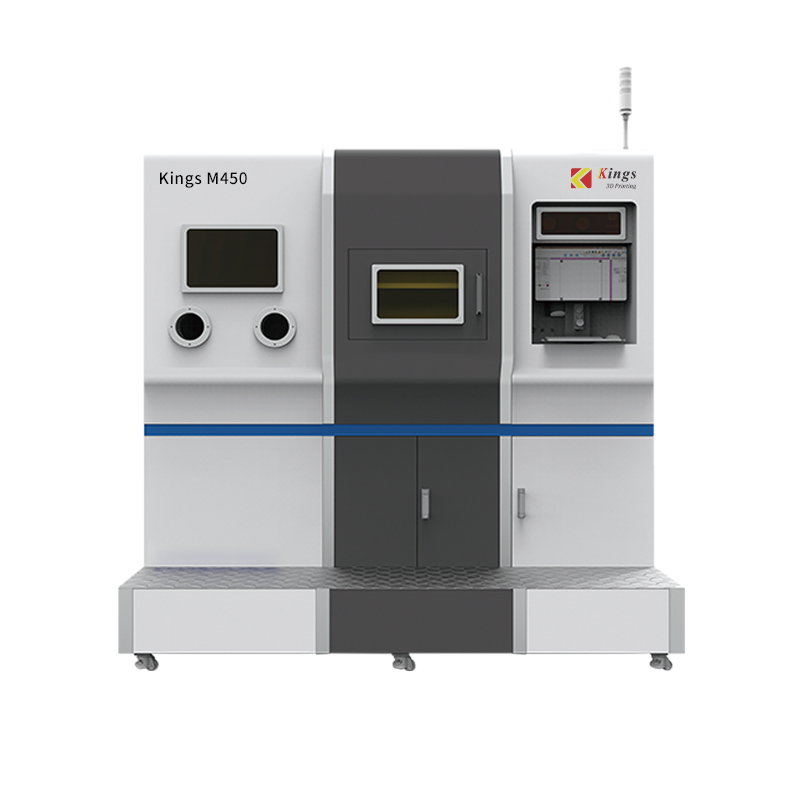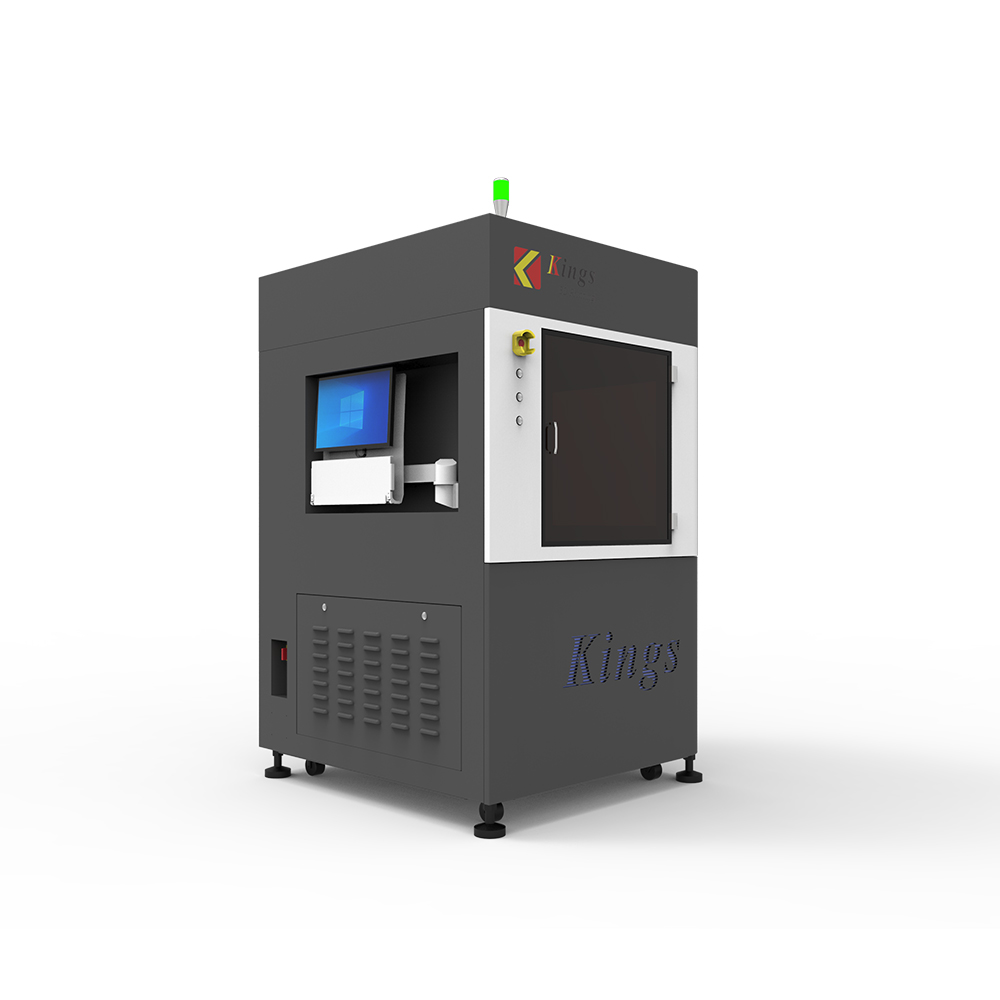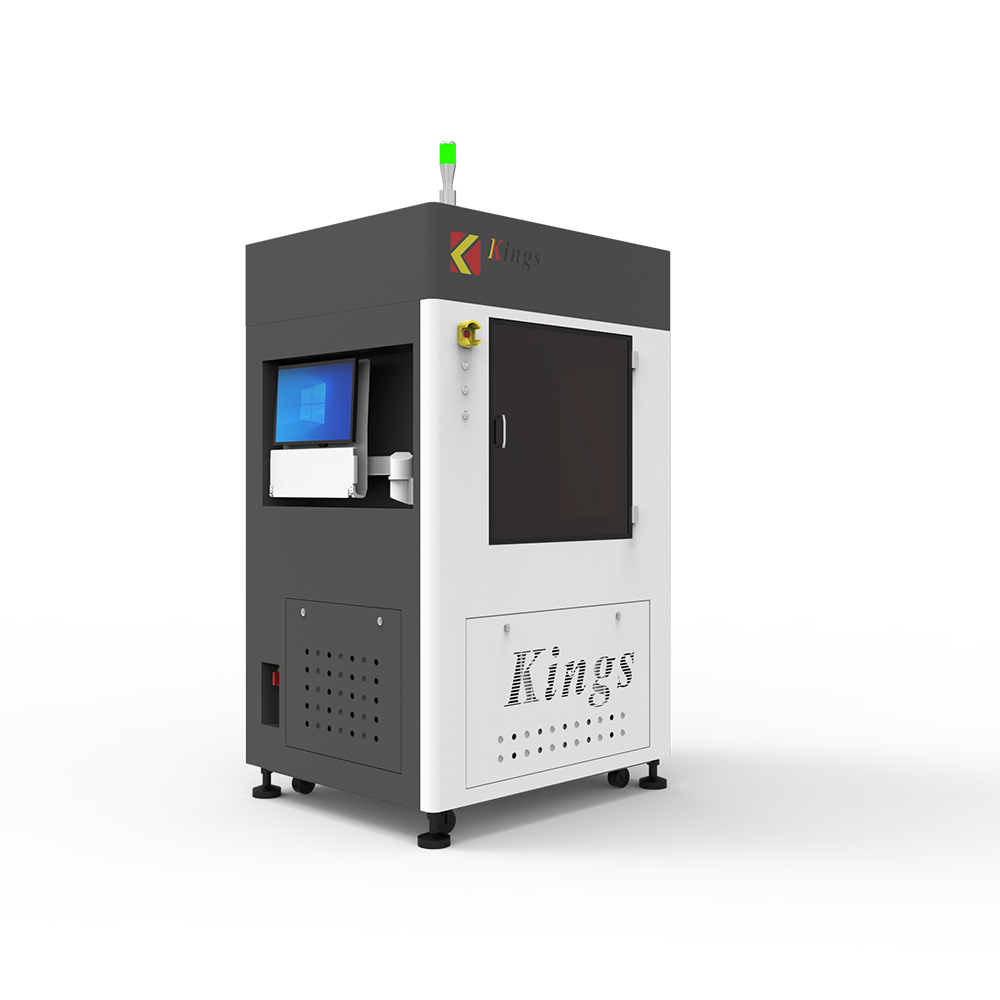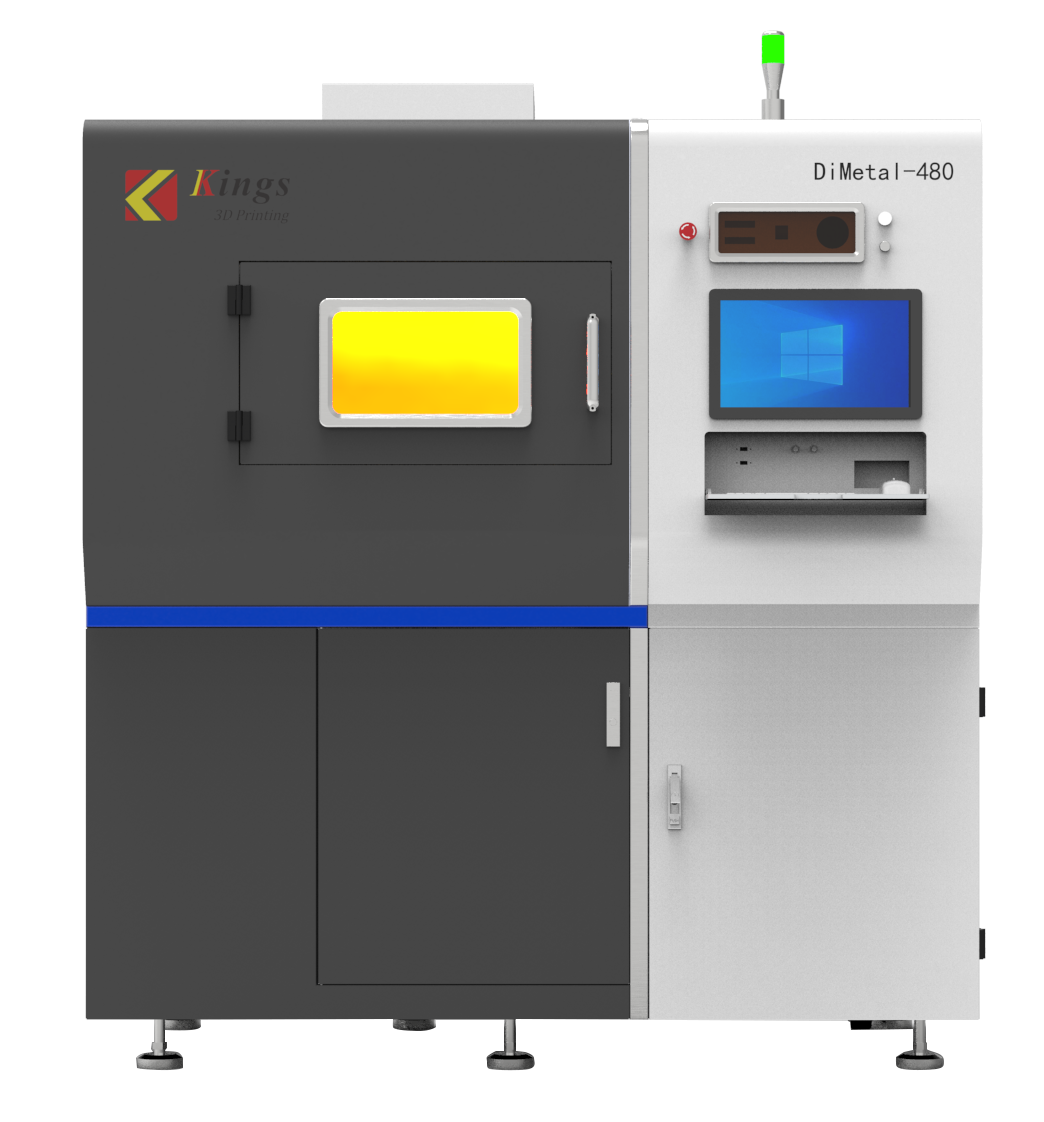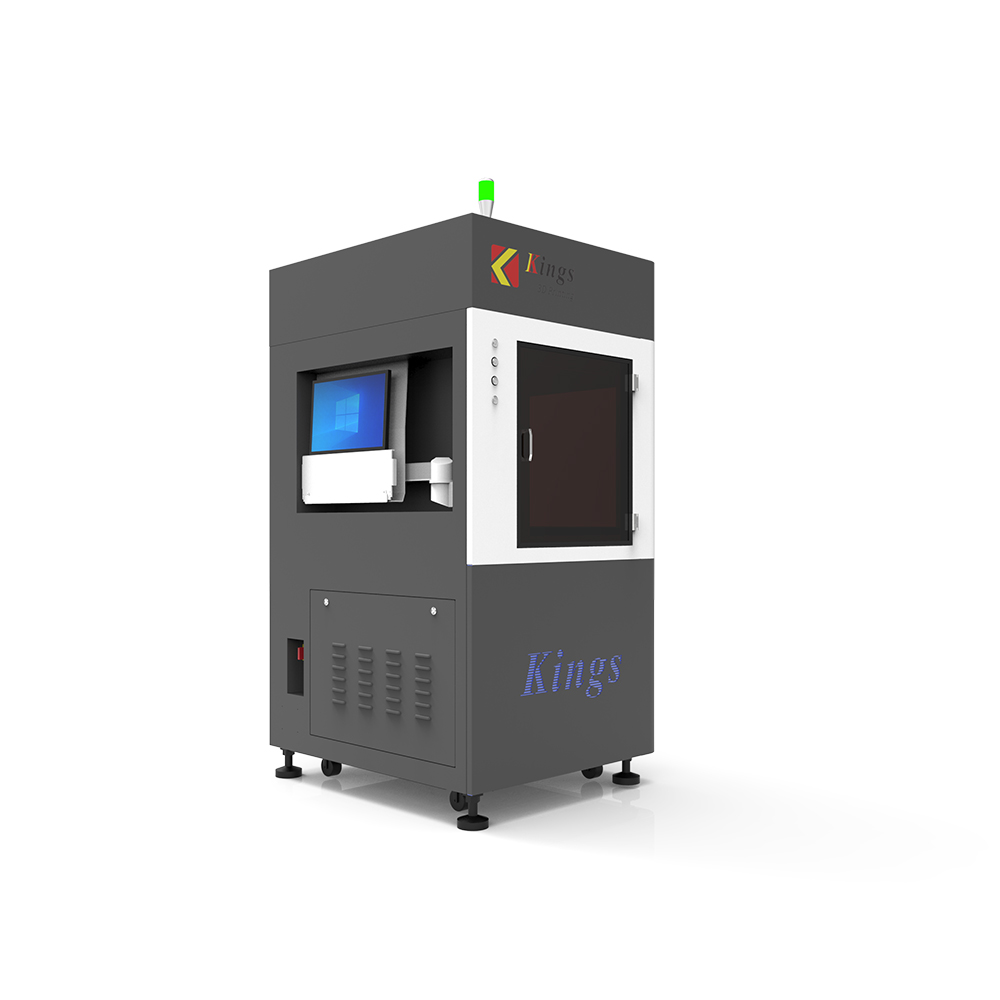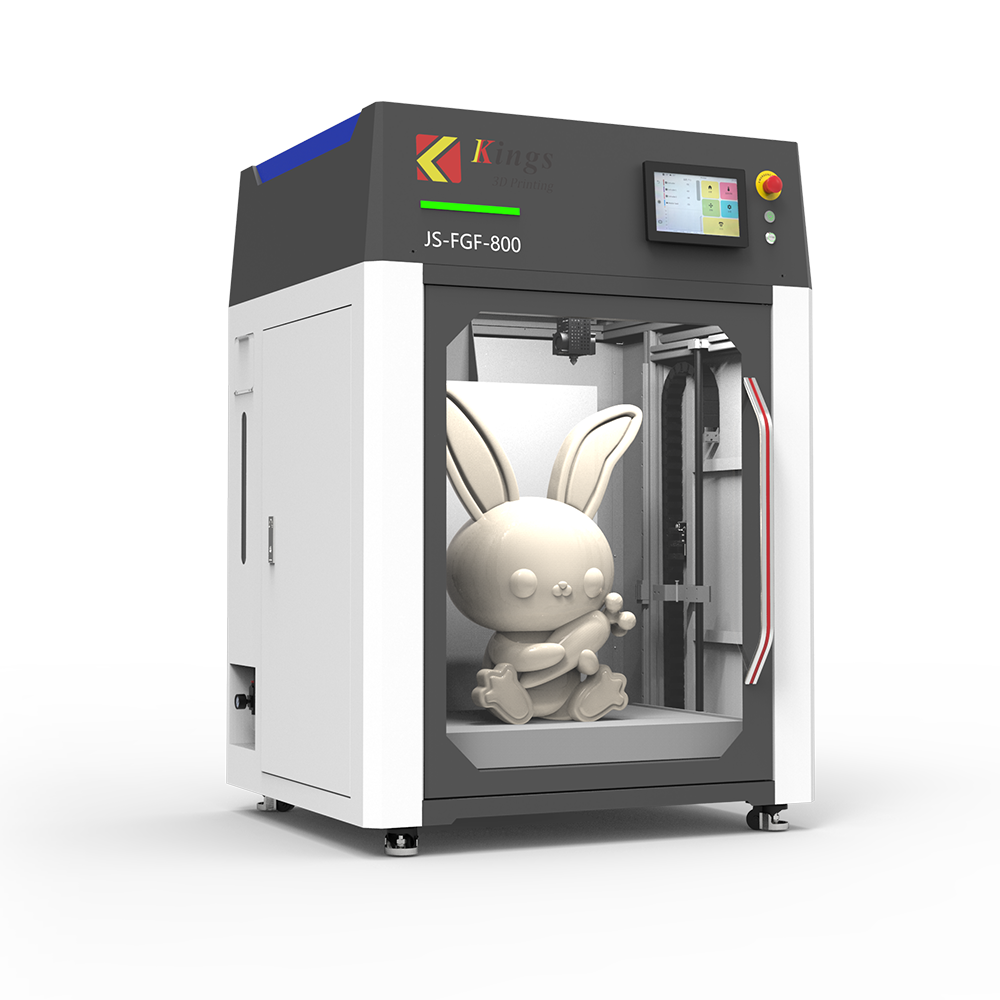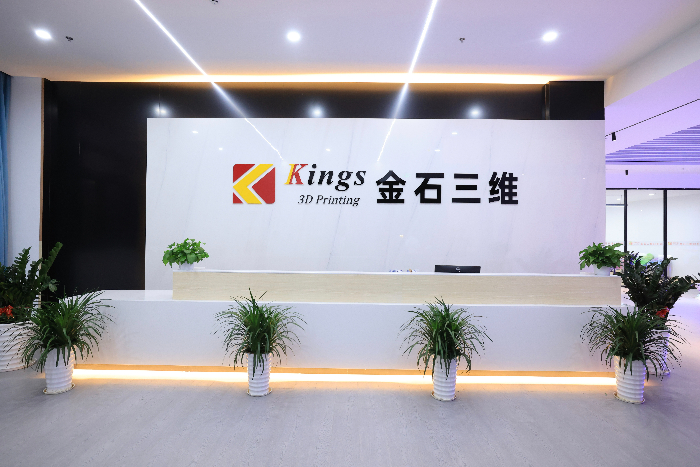
There are many 3D metal printers available on the market, so deciding which machine is right for your business can be challenging. Reading through endless lists of specs and features can be mindboggling! So, rather than getting lost trying to compare printers, it might be better to ask questions about your use cases. This can then help you to narrow down the right printer for your specific needs – and avoid purchasing hardware that doesn't really help you.
Most companies who need a 3D metal printer for industrial purposes opt for Selective Laser Melting (SLM) machines which work in similar ways. Although these kinds of 3D printers are the most expensive ones, expecting to pay about $ 600,000 up to around $ 2.4 million, we've assumed you are on the market for this kind of machine. The following five questions shall therefore help you to narrow down your choice of your optimal 3D metal printer.
5 considerations when buying an SLM machine
1. What part sizes will you be printing?
Logically enough, the bigger the printing chamber, the larger the parts you can print. Smaller SLM comes with chambers of around 125 mm³. Meanwhile the biggest machine on the market like our Kings M650: the printing size will reach 625*625*1100mm.
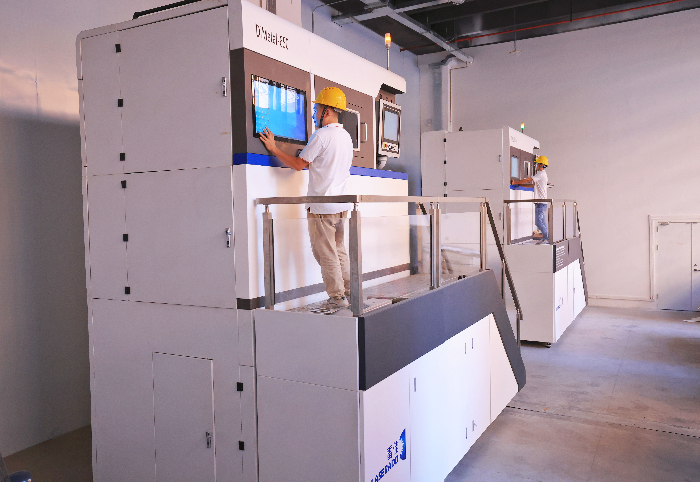
If you're printing quite small units (such as customized parts for medical implants) a small machine will be perfectly fine. But if you're printing bigger parts, such as machinery to go inside a wind turbine, you'll want a bigger chamber.
2. How many lasers do you need?
In metal 3D printers, lasers melt metal powder to 'build' up a part. Of course, all SLM machines come with at least one laser, but they may be fitted with two, four, eight, or even twelve. The more lasers you have, the faster the printing. Doubling the number of lasers will (roughly) cut the printing in time by half. Each additional laser speeds up the job further. Bear in mind that lasers cost a lot – each additional laser will add around $100,000 to your machine.
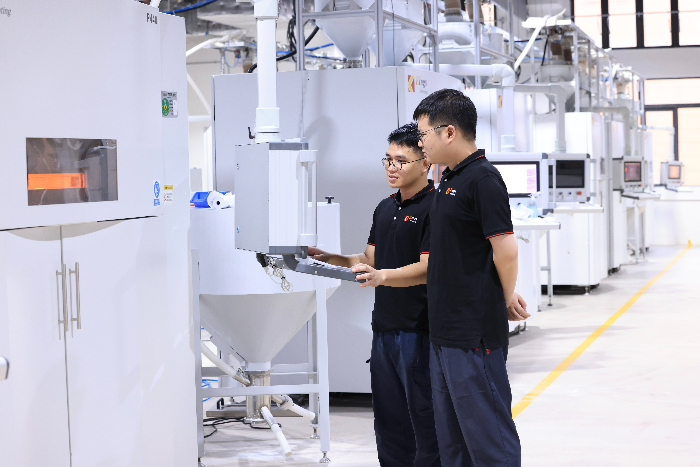
▲ Kings M650 carry with 4-8 lasers
3. Is the goal prototyping or serial production?
Do you plan to use your printer mainly for the prototyping of one-off parts and experimentation? In this case, a smaller printer will do the job just fine.
On the other hand, if you plan to print multiple parts at once, it makes more financial sense to purchase a machine with a larger chamber which will let you produce several units in each batch.
4. How much energy will you be using?
3D metal printers are both time and energy-intensive. Keeping them running will therefore significantly increase your energy bills. Smaller machines use less energy, so they're better suited to occasional prototyping. If you were to use a large machine for this purpose, it would require far more energy for the same size job.
But, if you'll be using the printer often for multiple printing jobs, it's much more economical to use a big printer that can produce multiple parts per run.
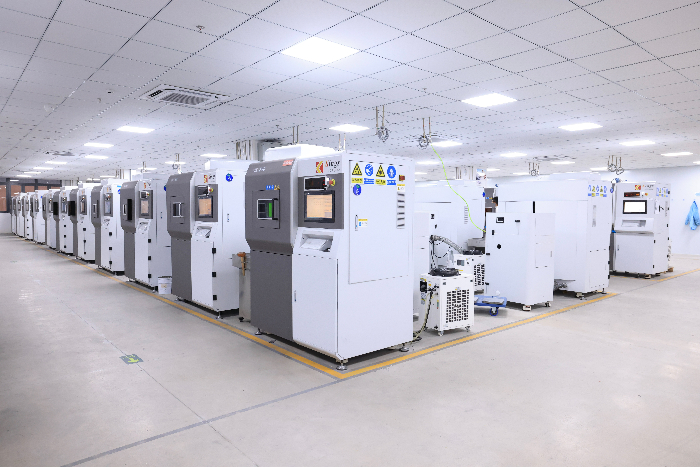
▲ Kings have the most comprehensive printing size varying from φ 70x50mm to 625mm*625mm*1100mm
5. Multi-Material you can choose?
Almost all metal 3D printers can process with metal powders. There is a wide range of metal powders to select from. The most common metal powders are aluminum alloys, titanium alloys, cobalt chrome, nickel-based, stainless steels, tooling steels, and copper alloys. All of these metal powders have their own features, advantages, and weaknesses. So before purchasing a metal 3D printer, we need to decide the materials we will use first.
(Kings metal 3D printers can work with all kinds of metal materials, including titanium alloy, aluminum alloy, copper alloy, high-temperature alloys, cobalt-chromium alloys, stainless steel, die steel, and other metal powders, and mature parameters have been accumulated accordingly in the past years)
Also, SLM 3D printers have an array of characteristics that should be taken into account when choosing proper equipment: power and number of lasers, diameter of laser spot, scanning algorithms and speed, layer thickness (usually from 20 to 120 microns), cooling system, etc.
In summary, before purchasing a metal 3D printer, let's think about the above four aspects first. After everything is settled, we are sure you will find the most suitable 3D printer for your applications.





